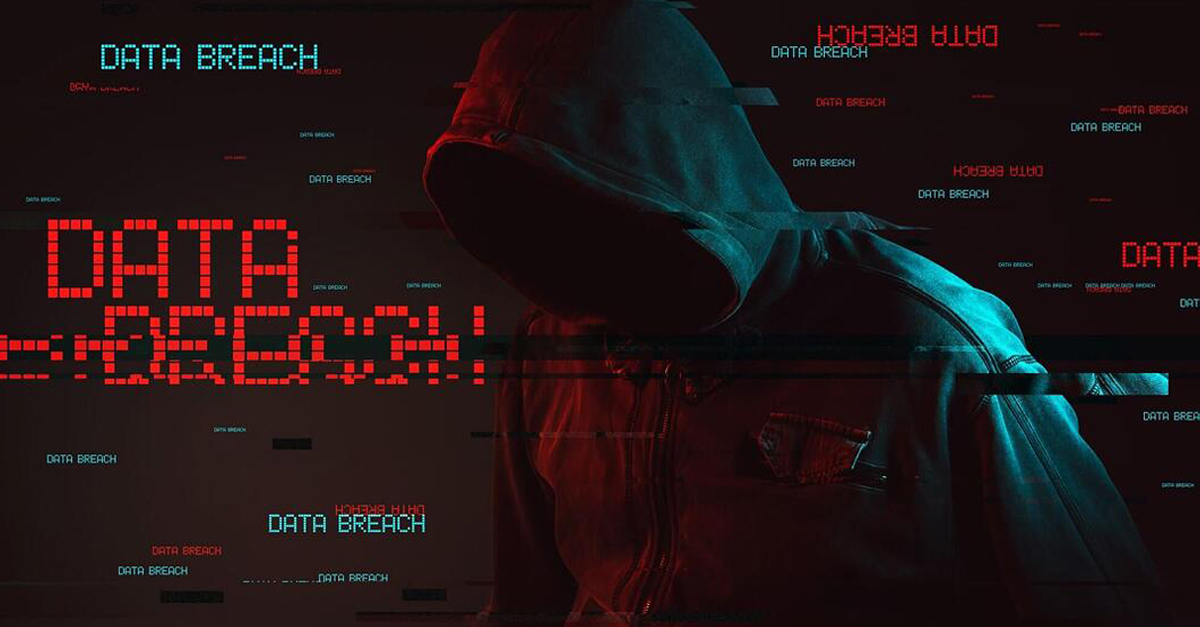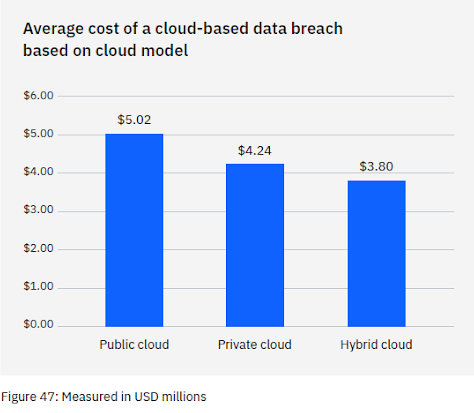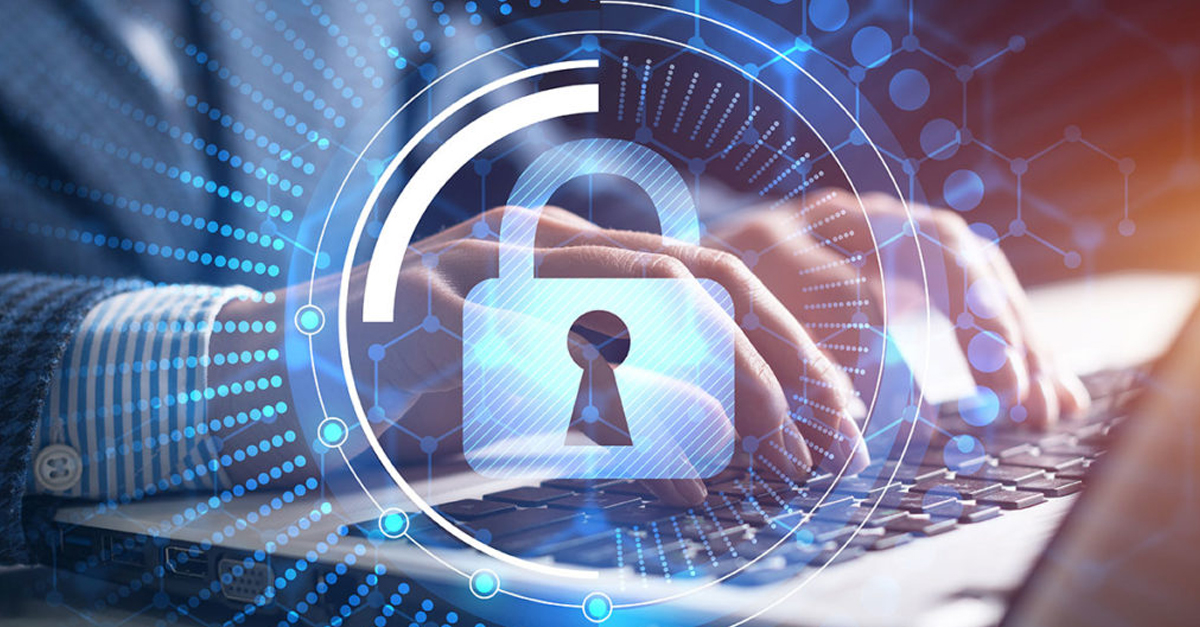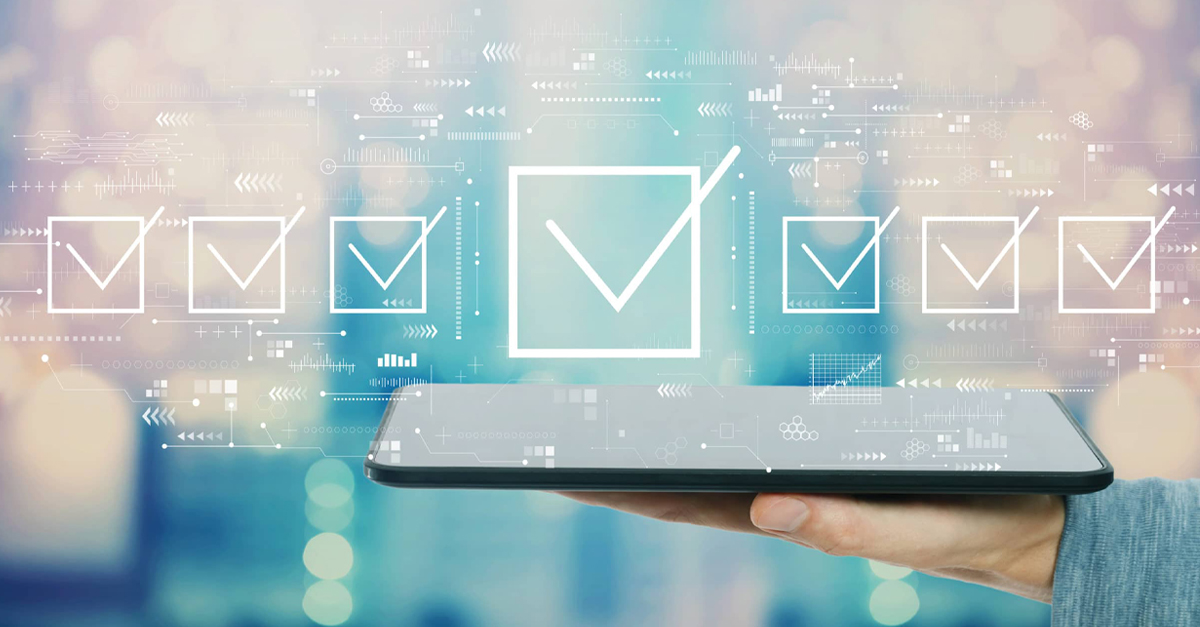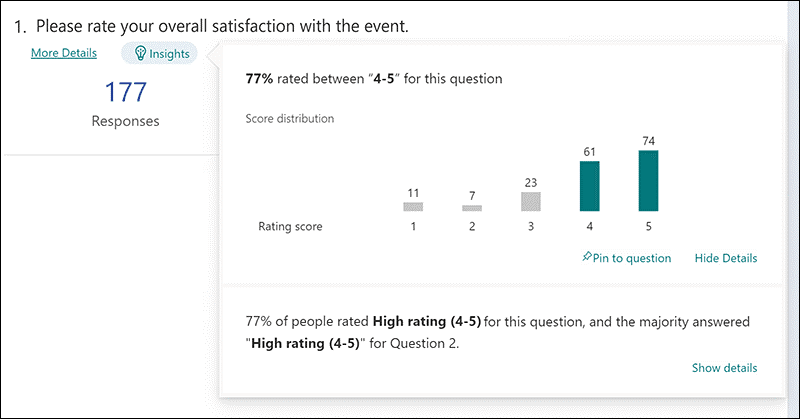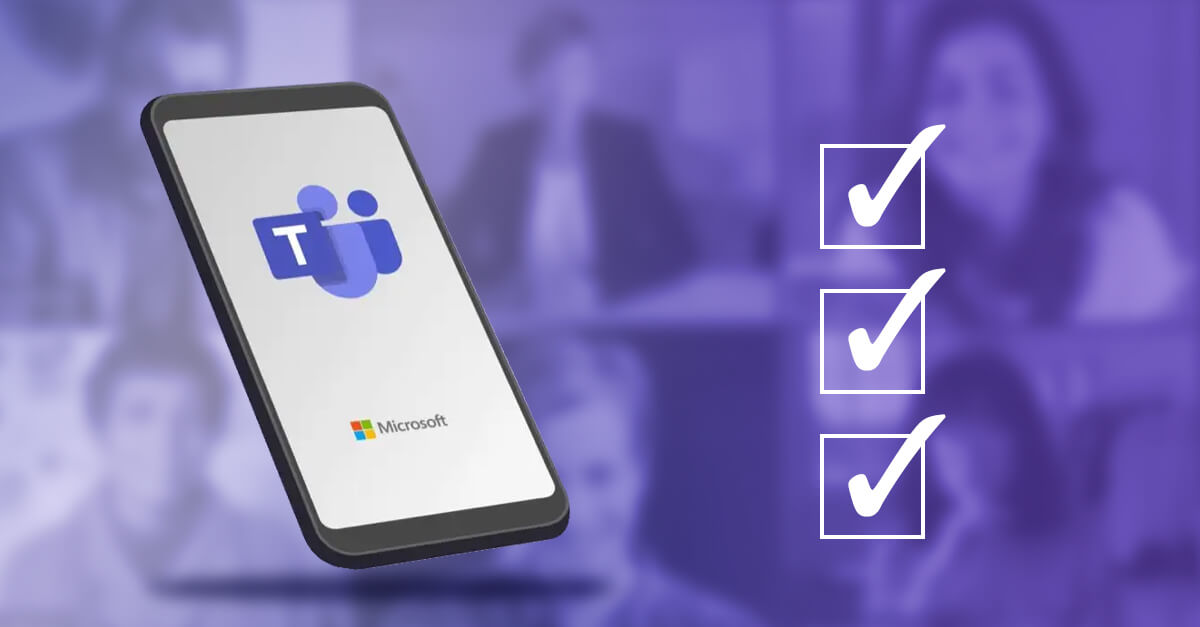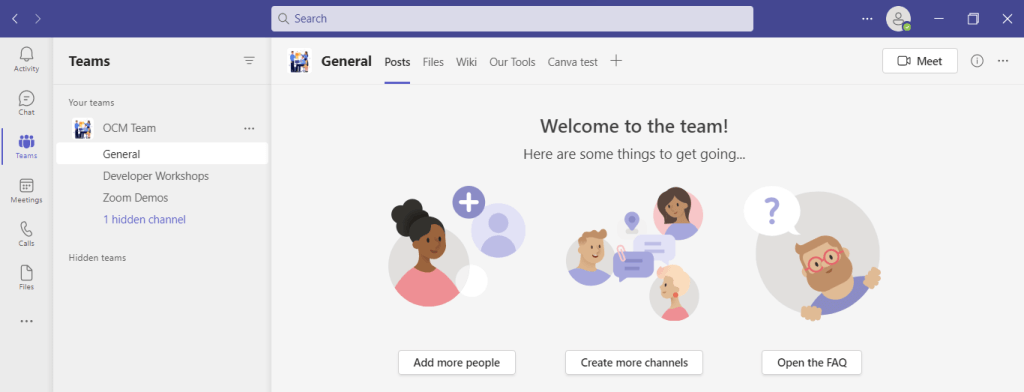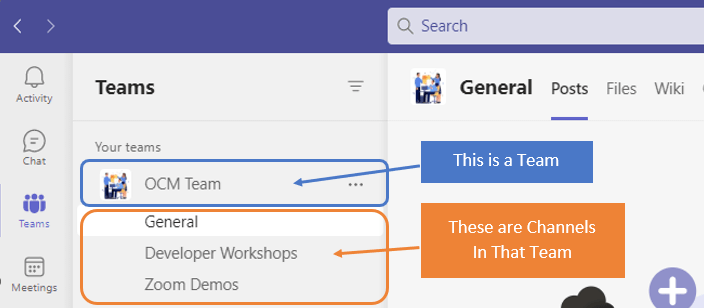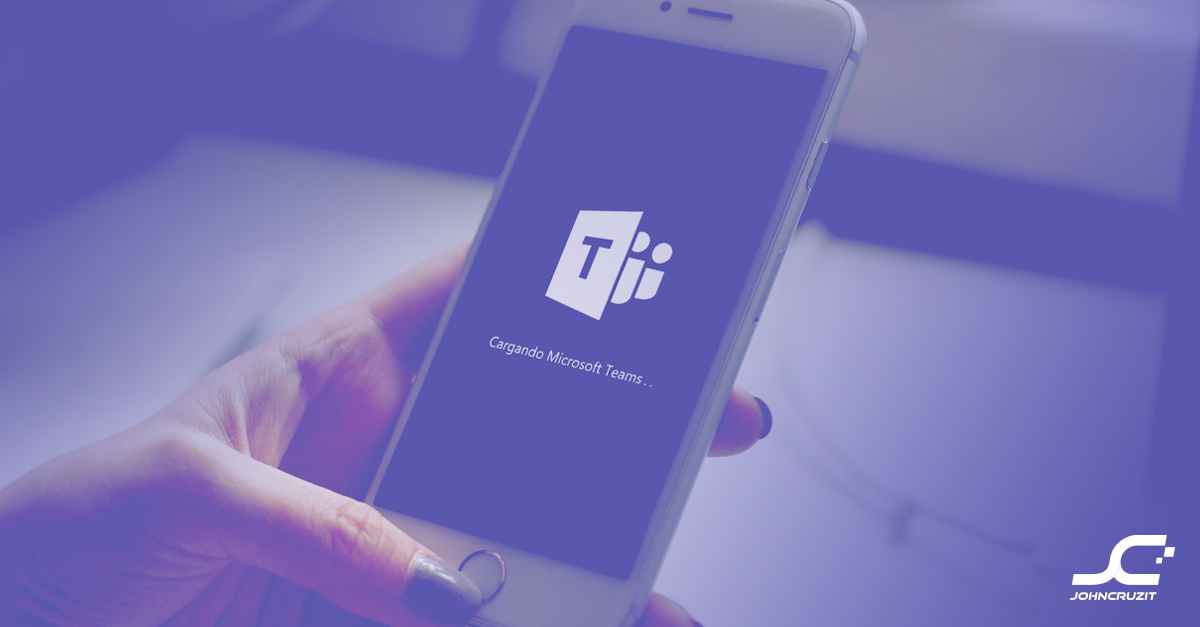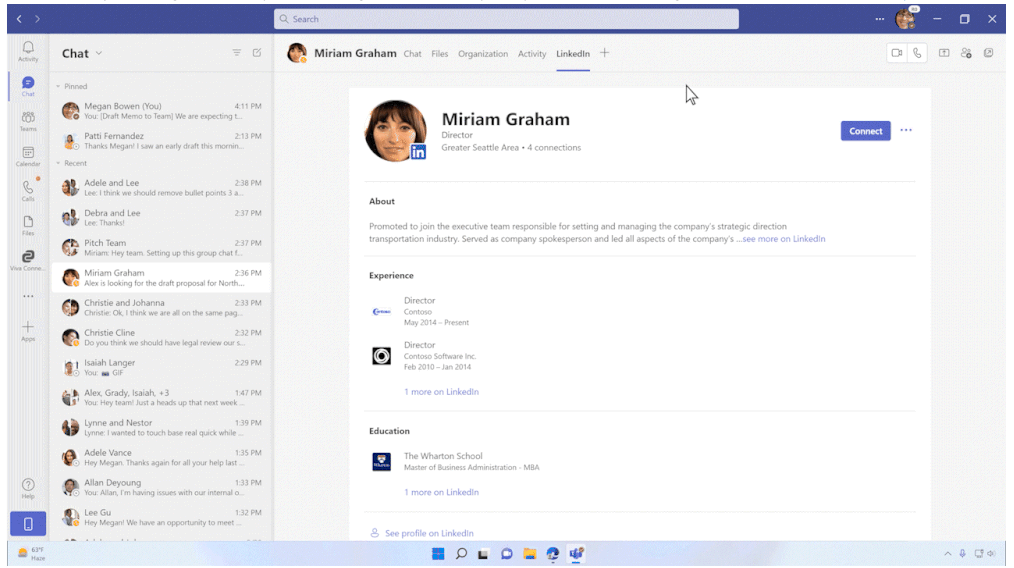News
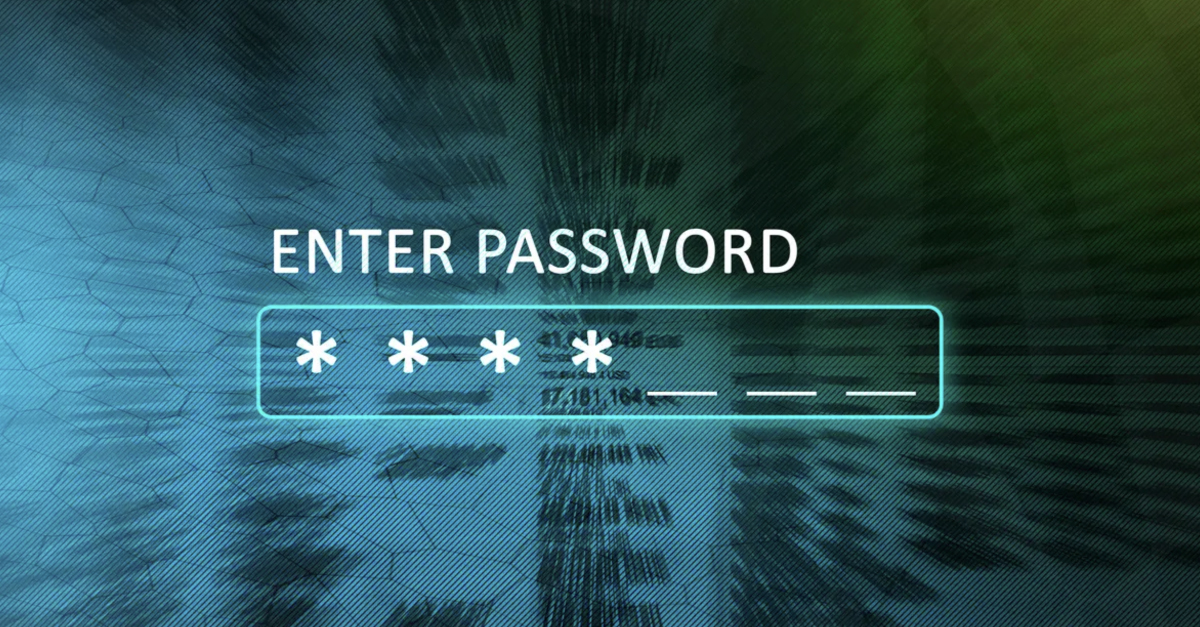
Is It Time to Ditch the Passwords for More Secure Passkeys?
Passwords are the most used method of authentication, but they are also one of the weakest. Passwords are often easy to guess or steal. Also, many people use the same password across several accounts. This makes them vulnerable to cyber-attacks.
The sheer volume of passwords that people need to remember is large. This leads to habits that make it easier for criminals to breach passwords. Such as creating weak passwords and storing passwords in a non-secure way.
61% of all data breaches involve stolen or hacked login credentials.
In recent years a better solution has emerged – passkeys. Passkeys are more secure than passwords. They also provide a more convenient way of logging into your accounts.
What is Passkey authentication?
Passkeys work by generating a unique code for each login attempt. This code is then validated by the server. This code is created using a combination of information about the user and the device they are using to log in.
You can think of passkeys as a digital credential. A passkey allows someone to authenticate in a web service or a cloud-based account. There is no need to enter a username and password.
This authentication technology leverages Web Authentication (WebAuthn). This is a core component of FIDO2, an authentication protocol. Instead of using a unique password, it uses public-key cryptography for user verification.
The user’s device stores the authentication key. This can be a computer, mobile device, or security key device. It is then used by sites that have passkeys enabled to log the user in.
Advantages of using Passkeys instead of passwords
More secure
One advantage of passkeys is that they are more secure than passwords. Passkeys are more difficult to hack. This is true especially if the key generates from a combination of biometric and device data.
Biometric data can include things like facial recognition or fingerprint scans. Device information can include things like the device’s MAC address or location. This makes it much harder for hackers to gain access to your accounts.
More convenient
Another advantage of passkeys over passwords is that they are more convenient. With password authentication, users often must remember many complex passwords. This can be difficult and time-consuming.
Forgetting passwords is common and doing a reset can slow an employee down. Each time a person has to reset their password, it takes an average of three minutes and 46 seconds.
Passkeys erase this problem by providing a single code. You can use that same code across all your accounts. This makes it much easier to log in to your accounts. It also reduces the likelihood of forgetting or misplacing your password.
Phishing-resistant
Credential phishing scams are prevalent. Scammers send emails that tell a user something is wrong with their account. They click on a link that takes them to a disguised login page created to steal their username and password.
When a user is authenticating with a passkey instead, this won’t work on them. Even if a hacker had a user’s password, it wouldn’t matter. They would need the device passkey authentication to breach the account.
Are there any disadvantages to using Passkeys?
Passkeys are definitely looking like the future of authentication technology. But there are some issues that you may run into when adopting them right now.
Passkeys aren’t yet widely adopted
One of the main disadvantages is that passkeys are not yet widely adopted. Many websites and cloud services still rely on passwords. They don’t have passkey capability yet.
This means that users may have to continue using passwords for some accounts. At least until passkeys become more widely adopted. It could be slightly awkward to use passkeys for some accounts and passwords for others.
Passkeys need extra hardware and software
One thing about passwords is that they’re free and easy to use. You simply make them up as you sign up for a site.
Passkeys need extra hardware and software to generate and validate the codes. This can be costly for businesses to put in place at first. But there is potential savings from improved security and user experience. These benefits can outweigh the cost of passkeys.
Prepare now for the future of authentication
Passkeys are a more secure and convenient alternative to passwords. They are more difficult to hack, and they provide a more convenient way of logging into your accounts. But passkeys are not yet widely adopted. Additionally, businesses may need to budget for implementation.
Despite these challenges, passkeys represent a promising solution. Specifically, to the problem of weak passwords. They have the potential to improve cybersecurity. As well as boost productivity for businesses and individuals alike.
Need help improving your identity and account security?
Take advantage of the new passkey authentication by exploring it now. It’s the perfect time to ease in and begin putting it in place for your organisation.
Give us a call today at JohnCruzIT to schedule a consultation.
Recent Posts
- 5 Cyber Security Predictions for 2024 You Should Plan For
- Is Your Privacy at Risk? Uncovering the Potential Surveillance Threats of Your Smart Home Devices
- Need to Show the Tangible Value of Cyber Security? Here’s How…
- Top Data Breaches of 2023: Numbers Hit an All-Time High
- 6 Reasons Access Management Has Become a Critical Part of Cyber Security



